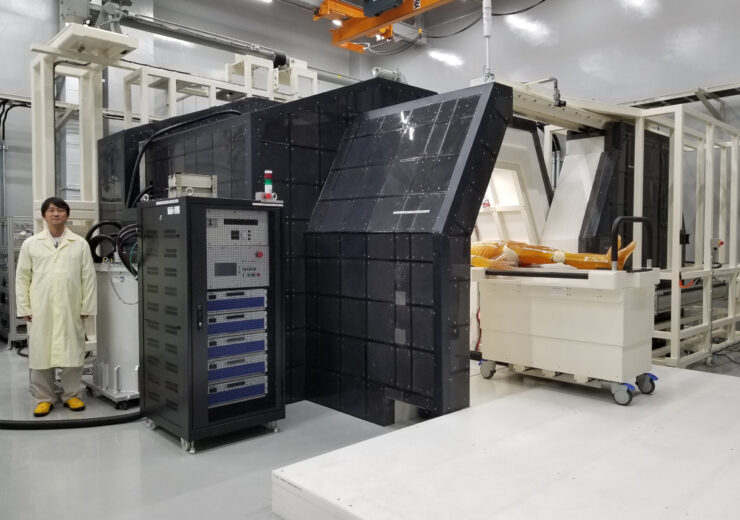Fukushima SiC intends to use the funding for pre-clinical and clinical trials activities of its BNCT radiotherapy solutions

Photo of the SiC-BNCT clinical trial machine. (Credit: Business Wire.)
Japan-based silicon carbide technology company Fukushima SiC Applied Engineering has secured $30m in Series C financing round, to support the clinical trials of its BNCT radiotherapy solutions.
The investors who participated in the funding round include C:iz Investment, Japan Post Investment Corporation, Astellas Venture Management, and SMBC Venture Capital.
Fukushima SiC Applied Engineering is engaged in developing and producing power electronics products, by leveraging SiC semiconductors. The company’s boron-neutron capture therapy (BNCT) is a type of radiotherapy and an advanced treatment procedure for cancers.
The company intends to use the funding to conduct pre-clinical and clinical trials of its next generation of BNCT radiotherapy solutions in Japan, along with expanding its operations overseas, including filing for regulatory approvals.
Naraha, Fukushima-based technology firm has developed a compact, multi-port neutron radiation cancer treatment system, leveraging its SiC device technologies.
Fukushima SiC has developed SiC-BNCT clinical trial machine with six neutron sources
The company has developed the system as a more compact and low-cost solution than existing BNCT systems, with unique capabilities to facilitate targeting of inherent cancers and metastatic micro tumours that are difficult to treat by destroying tumour cells equivalent to heavy particle beam therapy.
The company has completed the development and manufacturing of its SiC-BNCT clinical trial machine with six neutron sources, and is planning to commence the trials at the Kyoto Prefectural University of Medicine in 2021.
Fukushima SiC Applied Engineering stated: “The technology development continues to be funded in part by the Ministry of Economy, Trade and Industry subsidy program for areas recovering from the 2011 tsunami and nuclear disasters.”
